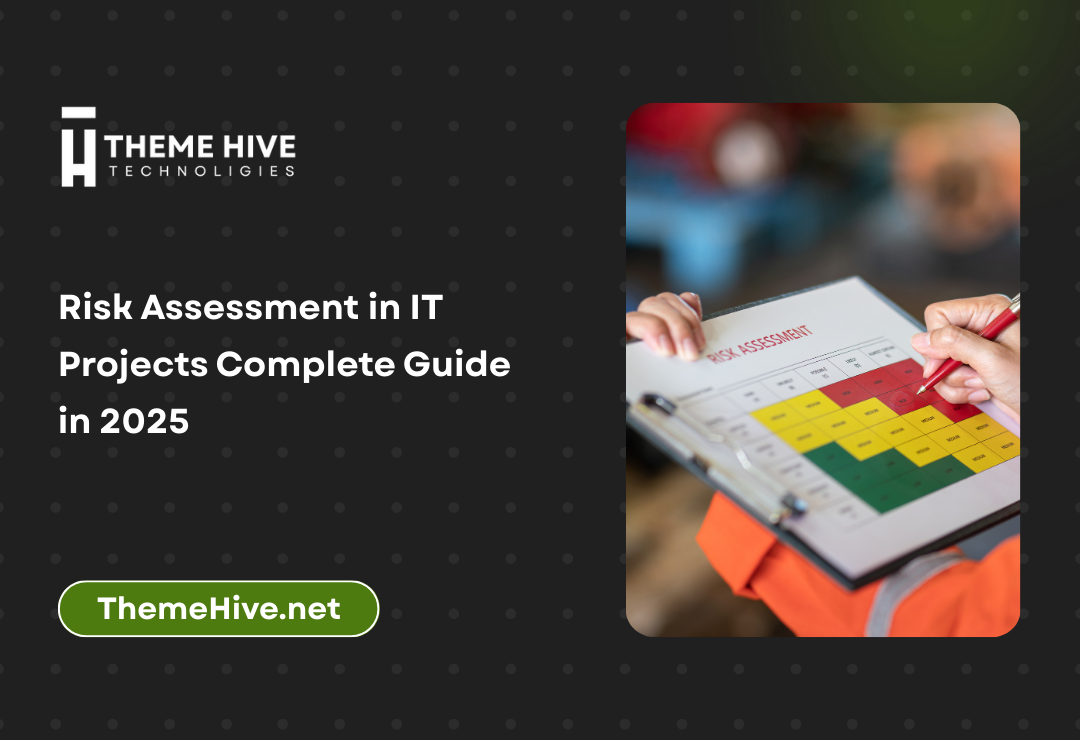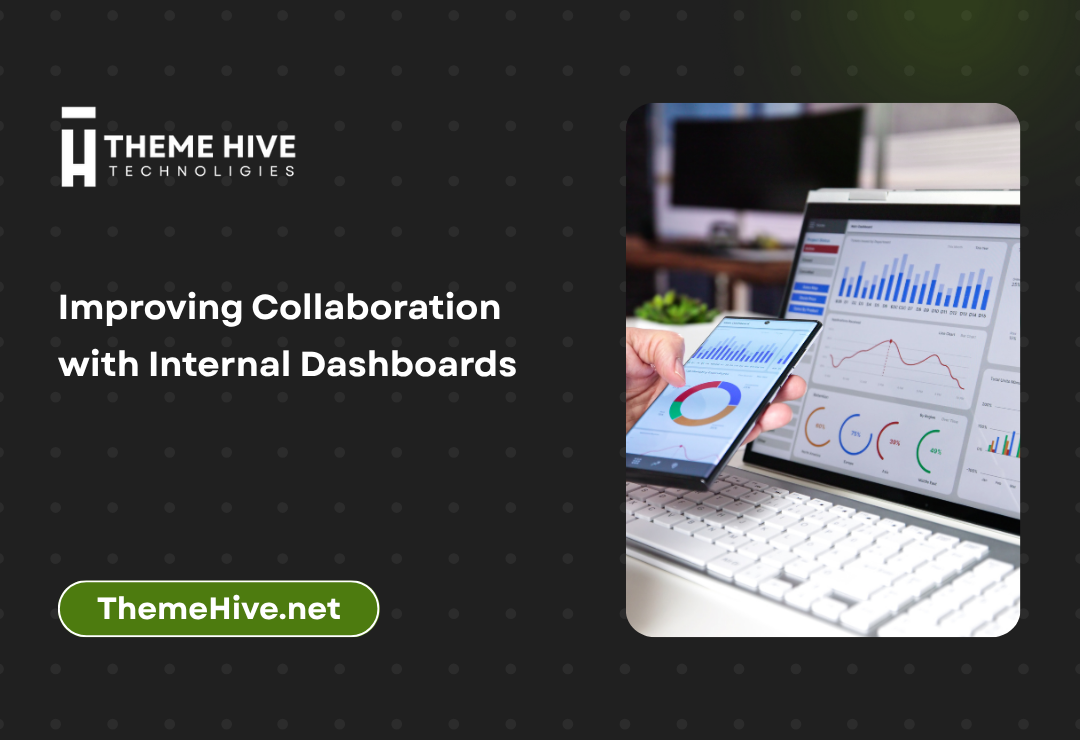Effective risk assessment in IT projects is a cornerstone of successful project delivery. With increasing complexity, tight deadlines, and rapid technological changes, IT projects are inherently exposed to numerous risks—ranging from budget overruns and security breaches to scope creep and team misalignment. Identifying, analyzing, and mitigating these risks early on helps avoid costly disruptions and ensures that business objectives are met.
This article explores the types of risks in IT projects, a step-by-step risk assessment process, and best practices for proactive project risk management.
Types of Risks in IT Projects
Understanding risk categories helps teams prepare and respond more effectively:
1. Technical Risks
- Integration failures
- Poor architecture design
- Unproven or emerging technologies
- Performance bottlenecks
- Compatibility issues between modules or platforms
2. Project Management Risks
- Unclear requirements
- Inadequate resource allocation
- Poor timeline estimation
- Communication breakdowns
- Inaccurate task dependencies or unrealistic deliverables
3. Organizational Risks
- Stakeholder conflicts
- Resistance to change
- Leadership turnover
- Lack of executive support
- Inadequate training or onboarding for new technologies
4. External Risks
- Vendor dependencies
- Regulatory changes
- Market instability
- Cyber threats
- Natural disasters or pandemics impacting supply chains or workforce
5. Financial Risks
- Budget overruns
- Inaccurate cost forecasting
- Unexpected licensing or infrastructure costs
- Hidden costs from legacy system integration
Understanding these risk domains is the first step toward implementing a comprehensive risk mitigation plan.
Step-by-Step Risk Assessment Process
Step 1: Risk Identification
Start with brainstorming, interviews, and document reviews to capture potential risks across the project lifecycle. Include cross-functional stakeholders to gain a broader view. Use tools like SWOT analysis, root cause analysis, and fishbone diagrams.
Step 2: Risk Analysis
For each identified risk:
- Evaluate likelihood (low, medium, high)
- Estimate impact on cost, scope, and schedule
- Use a risk matrix to visualize priority levels
- Apply qualitative and quantitative methods (e.g., Monte Carlo simulations)
Step 3: Risk Evaluation and Prioritization
Classify risks based on severity using a risk scoring model (e.g., Probability × Impact). High-priority risks require immediate mitigation plans. Assign each risk a rating like:
- Critical
- High
- Medium
- Low
Step 4: Risk Response Planning
Define strategies for each risk:
- Avoidance: Change the plan to eliminate risk
- Mitigation: Reduce probability or impact
- Transfer: Shift responsibility (e.g., insurance, outsourcing)
- Acceptance: Tolerate risk with contingency plans
Create detailed response plans with owners, timelines, and measurable indicators of success.
Step 5: Monitoring and Review
Use dashboards and weekly reports to track open risks. Periodically reassess the risk register and update based on project phase and feedback. Integrate risk checkpoints into agile ceremonies (like retrospectives or sprint planning).
Tools for IT Risk Assessment
- Risk Matrix Charts: Visual tools to map risks by severity
- Risk Registers: Logs capturing risk description, owner, response strategy, and status
- Project Management Tools: Jira, Trello, Asana (with risk tracking plugins)
- Dedicated Risk Software: RiskWatch, Active Risk Manager, or Qualys for cybersecurity
- Excel-based models: For smaller teams with simple tracking needs
- Automated Risk Analysis Tools: Power BI integrations or custom scripts for real-time risk scoring
Best Practices for Risk Management in IT Projects
- Start Early: Include risk discussions during project initiation and not just during execution.
- Involve All Stakeholders: Gain input from developers, testers, security teams, legal counsel, product owners, and executives.
- Document Everything: Maintain an up-to-date risk log with ownership, status, and history of actions.
- Review Regularly: Make risk review a part of sprint planning or weekly stand-ups.
- Build a Risk-Aware Culture: Encourage openness in surfacing potential issues and reward early reporting.
- Leverage Historical Data: Use lessons from past projects, failure postmortems, and root cause analysis to identify recurring risks.
- Implement Early Warning Systems: Set performance thresholds and automation alerts to detect anomalies.
- Promote Transparent Communication: Use shared documentation and regular updates to keep stakeholders informed of evolving risks.
- Conduct Simulation Exercises: Test responses through risk scenarios or tabletop exercises to improve readiness.
- Include Risk as a KPI: Track and report risk metrics (e.g., number of open critical risks) alongside project progress.
Case Study: Mitigating Risk in a Cloud Migration Project
An enterprise planned to migrate its CRM system to the cloud. During initial risk assessment, the team identified potential issues:
- Integration with legacy billing systems
- Uncertainty in vendor SLAs
- Data residency and GDPR compliance
- Downtime during DNS changes
Using a structured risk plan:
- They mitigated vendor lock-in by implementing API-first architecture.
- Created a fallback DNS plan for rollback.
- Hired a legal consultant to ensure GDPR compliance.
- Scheduled migration in stages to allow testing and rollback per phase.
Outcome: The migration completed with less than 10 minutes of downtime, full compliance, and no data loss.
Risk Assessment in Agile and DevOps
Modern IT projects often follow agile or DevOps practices. These approaches require integrated, iterative risk management:
Agile Risk Tactics:
- Capture risks as backlog items
- Use burndown charts to visualize velocity-related risks
- Review risks in retrospectives
DevOps Risk Integration:
- CI/CD pipelines automatically test for regressions and security issues
- Monitoring tools (e.g., Prometheus, Grafana) detect failures early
- IaC (Infrastructure as Code) reduces human error during provisioning
How Theme Hive Can Help
At Theme Hive, we help organizations manage risk throughout the digital product lifecycle. Our Services include:
- IT project planning and audits
- Infrastructure risk analysis
- Application security and performance assessments
- Agile project management consulting
- Automated monitoring integration
Check out our News Articles or Contact Us for a tailored consultation.
Conclusion
In the fast-paced world of IT, ignoring risk is not an option. A structured and ongoing risk assessment process ensures that threats are identified, analyzed, and mitigated before they escalate. By integrating risk management into your project workflows, you can enhance predictability, stakeholder confidence, and project success.
Start building a risk-smart team and infrastructure with professional support. Visit our About Page to learn how Theme Hive helps businesses launch technology projects with confidence.






